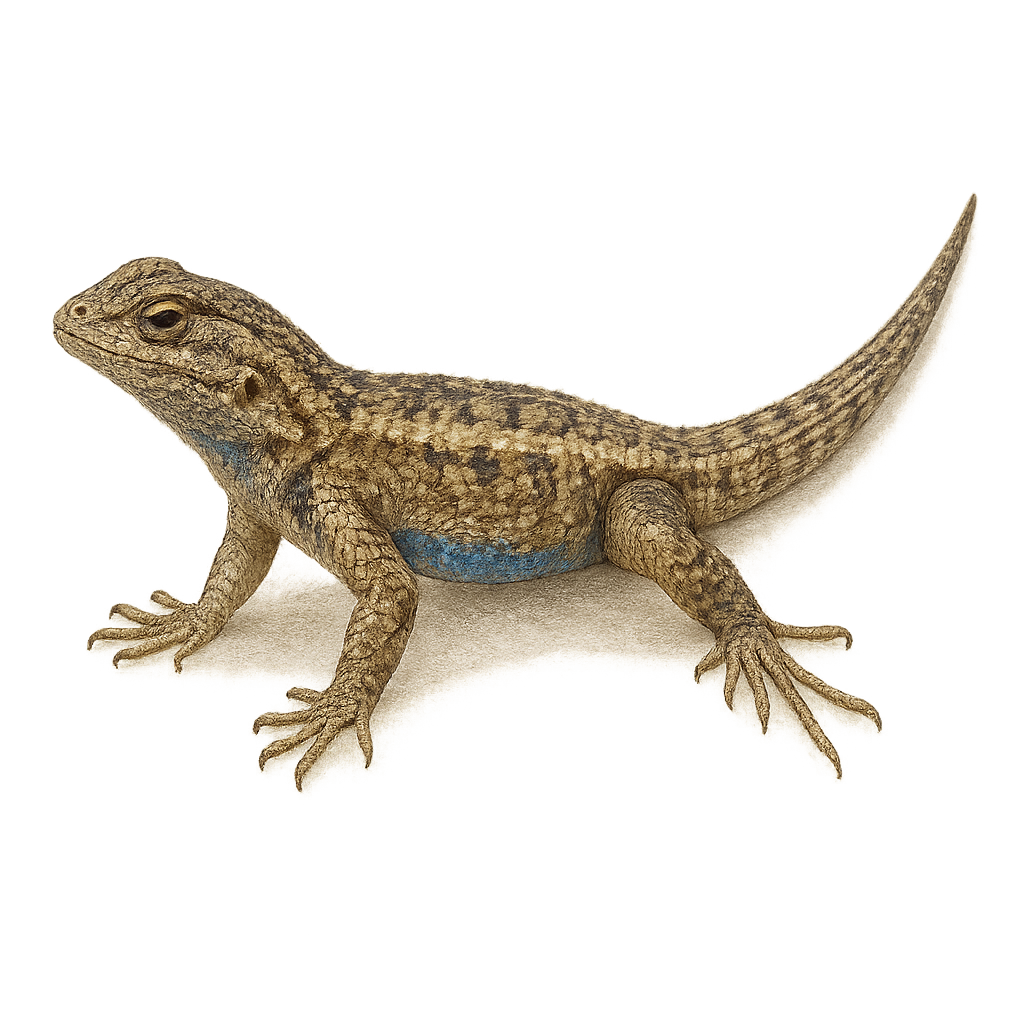Your wildlife photography guide.
Explore the western fence lizard in detail, study its behavior, prepare your shots.
Where to observe and photograph the western fence lizard in the wild
Learn where and when to spot the western fence lizard in the wild, how to identify the species based on distinctive features, and what natural environments it inhabits. The WildlifePhotographer app offers tailored photography tips that reflect the western fence lizard’s behavior, helping you capture better wildlife images. Explore the full species profile for key information including description, habitat, active periods, and approach techniques.
Western Fence Lizard
Scientific name: Sceloporus occidentalis

IUCN Status: Least Concern
Family: PHRYNOSOMATIDAE
Group: Reptiles
Sensitivity to human approach: Suspicious
Minimum approach distance: 3 m
Reproduction period: March to October
Incubation: N/A
Births: March to October
Habitat:
Coniferous forests, shrublands, grasslands
Activity period :
Active during the day when temperatures are favorable, often seen basking in the sun.
Identification and description:
The Sceloporus occidentalis, commonly known as the Western Fence Lizard, is a medium-sized reptile, typically measuring between 15 and 22 cm in length. It is easily recognizable by its gray-brown dorsal coloration with diamond-shaped patterns and its bright blue belly, particularly visible in males. This lizard is widely distributed in the western United States, inhabiting various environments from coniferous forests to shrublands and grasslands. It is diurnal and often basks in the sun on rocks or fences. Its diet mainly consists of insects and other arthropods. Although relatively common, it plays an important role in controlling insect populations.
Recommended lens:
Macro – adjust based on distance, desired framing (portrait or habitat), and approach conditions.
Photography tips:
To photograph the Western Fence Lizard, it is advisable to use a macro lens to capture the details of its scaly skin and distinctive patterns. Approach slowly and avoid sudden movements to prevent scaring it away. Photograph it preferably in the morning or late afternoon when the light is soft, and the lizard is more active. Look for it on rocks or fences where it likes to bask in the sun. Use a tripod to stabilize your camera and achieve sharp images.
The WildlifePhotographer App is coming soon!
Be the first to explore the best nature spots, track rutting seasons, log your observations, and observe more wildlife.
Already 1 431 wildlife lovers subscribed worldwide

